A groundbreaking advance in HIV prevention is set to become far more accessible: by 2027, a twice-yearly injectable drug called lenacapavir will be available in many low- and middle-income countries at a price of about $40 per person annually. The move promises to reshape global efforts to curb new HIV infections.
What Is Lenacapavir & Why It Matters
Lenacapavir is a long-acting antiretroviral drug (a capsid inhibitor) that has shown extremely high effectiveness in preventing HIV infection when given as prophylaxis. Unlike daily oral PrEP pills, it works with just two injections per year, an approach that could dramatically improve adherence, reduce stigma, and simplify delivery in settings where health infrastructure is stretched.
In 2025, the U.S. Food and Drug Administration approved the drug (under the brand name Yeztugo) for HIV prevention, marking it as the first biannual injectable approved for that purpose. It had already been studied in large clinical trials, where it demonstrated near-perfect prevention rates among groups at high risk.
The $40 Year Plan: Access for 120 Countries
Under newly negotiated licensing agreements, generic manufacturers will be allowed to supply lenacapavir in 120 countries, primarily low- and lower-middle income nations. Through these agreements, the cost is slashed to $40 per year—a stark contrast to the U.S. list price, which is tens of thousands of dollars.
This pricing puts the injectable on par with many oral PrEP programs, making it feasible for national HIV programs to adopt it. The goal is to reach millions who face barriers to taking a daily pill—among them, stigma, difficulty reaching clinics, or challenges with consistent access.
International health agencies, global funders, and nonprofit bodies are backing this plan, supporting manufacturing, regulatory preparation, and distribution logistics in eligible countries.
What Challenges Lie Ahead
Despite the promise, several obstacles remain before lenacapavir can have its maximum impact:
- Regulatory approvals: Each country must authorize use, ensure safety monitoring, and integrate the drug into national HIV guidelines.
- Logistics & delivery: In many settings, especially rural ones, administering injections twice a year requires training, scheduling, cold chain logistics, and clinic capacity.
- Initial dosing “cover”: The first time a person receives lenacapavir, they usually must take a short oral “loading” regimen to ensure protective drug levels. That adds complexity to rollout.
- Funding gaps: Long-term adoption depends on sustained donor, government, or health insurance support, especially in resource-limited settings.
- Equity & licensing limits: Some middle-income countries may be excluded from the generic licensing zones, meaning access could remain difficult in places with significant HIV burden.
Why This Could Be a Turning Point
If delivered as planned, this development could shift the trajectory of the HIV epidemic:
- It makes prevention simpler—less reliant on daily pills, which many fail to adhere to over time.
- It helps reduce disparities—populations in remote or marginalized communities might gain access where daily pill distribution is harder.
- It may amplify progress toward “zero new infections” goals, by widening the toolset available to health systems globally.
- It underscores a model of early affordability—designing licensing and manufacturing deals so that new advanced drugs aren’t just for wealthy markets first.
What to Watch
- How swiftly regulatory agencies in different countries move to approve lenacapavir for prevention.
- The effectiveness of rollout pilots in high-prevalence regions—how many people start and continue injections.
- Whether global HIV funding agencies prioritize this injectable as part of prevention strategies.
- Reactions in countries excluded from the licensing zones—whether pressure will build to expand access.
- The real-world impact on new HIV infections over the years following rollout.
Bottom Line
The plan to offer lenacapavir injections at $40 per year in 120 countries by 2027 is one of the most ambitious moves in HIV prevention in recent decades. If successful, it could transform how at-risk populations are protected, shifting from daily pills to twice-yearly injections. But the success will depend not just on science, but on regulatory, logistical, financial, and equity challenges. This could be a pivotal step in the fight against HIV—if all the pieces fall into place.

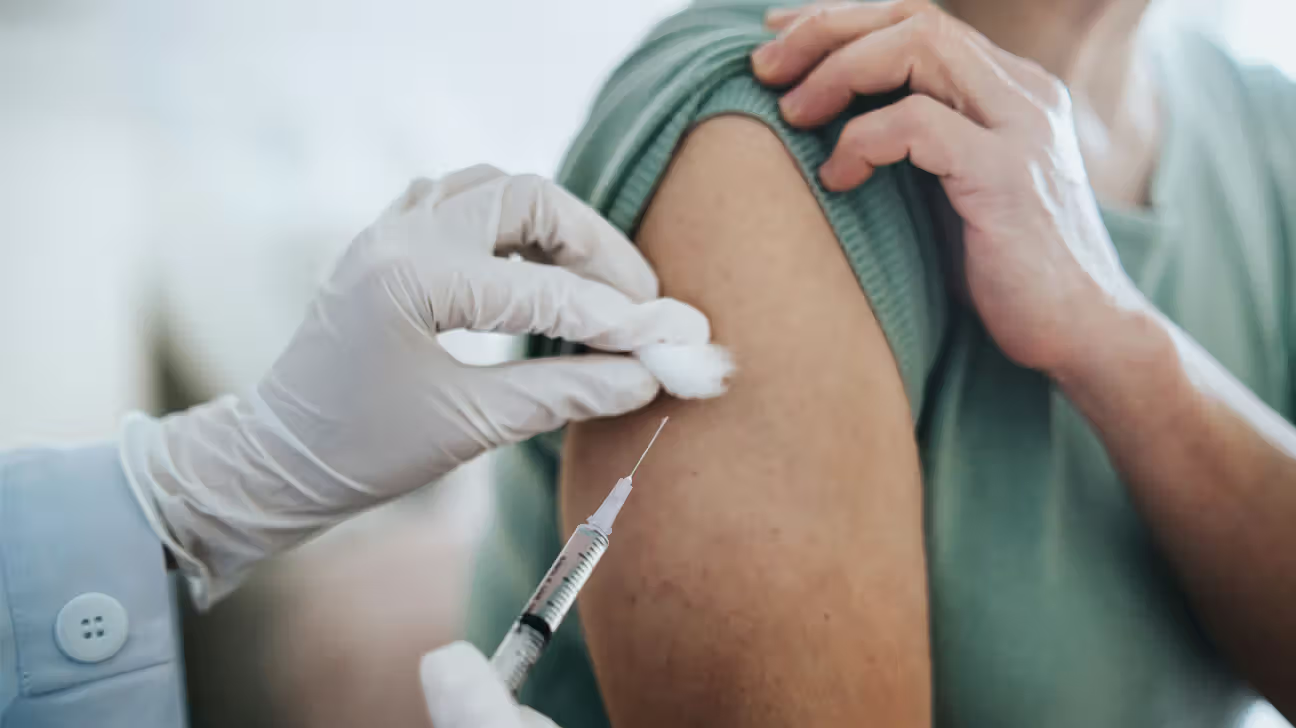
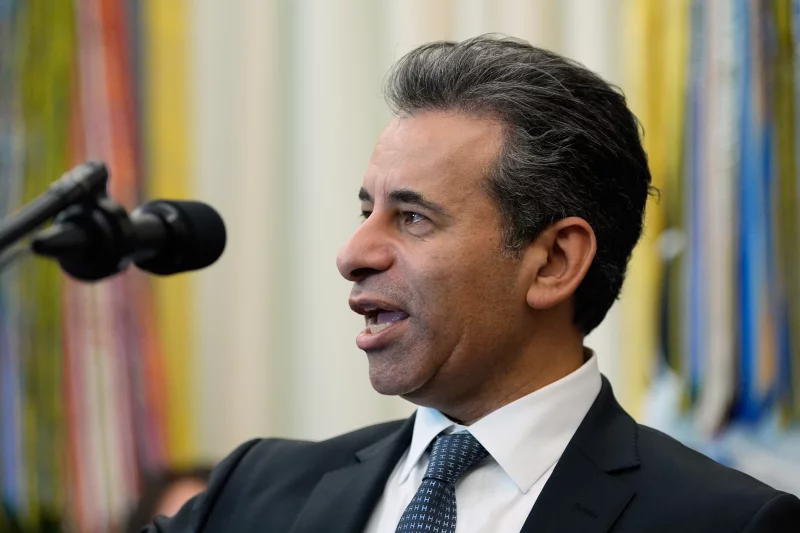
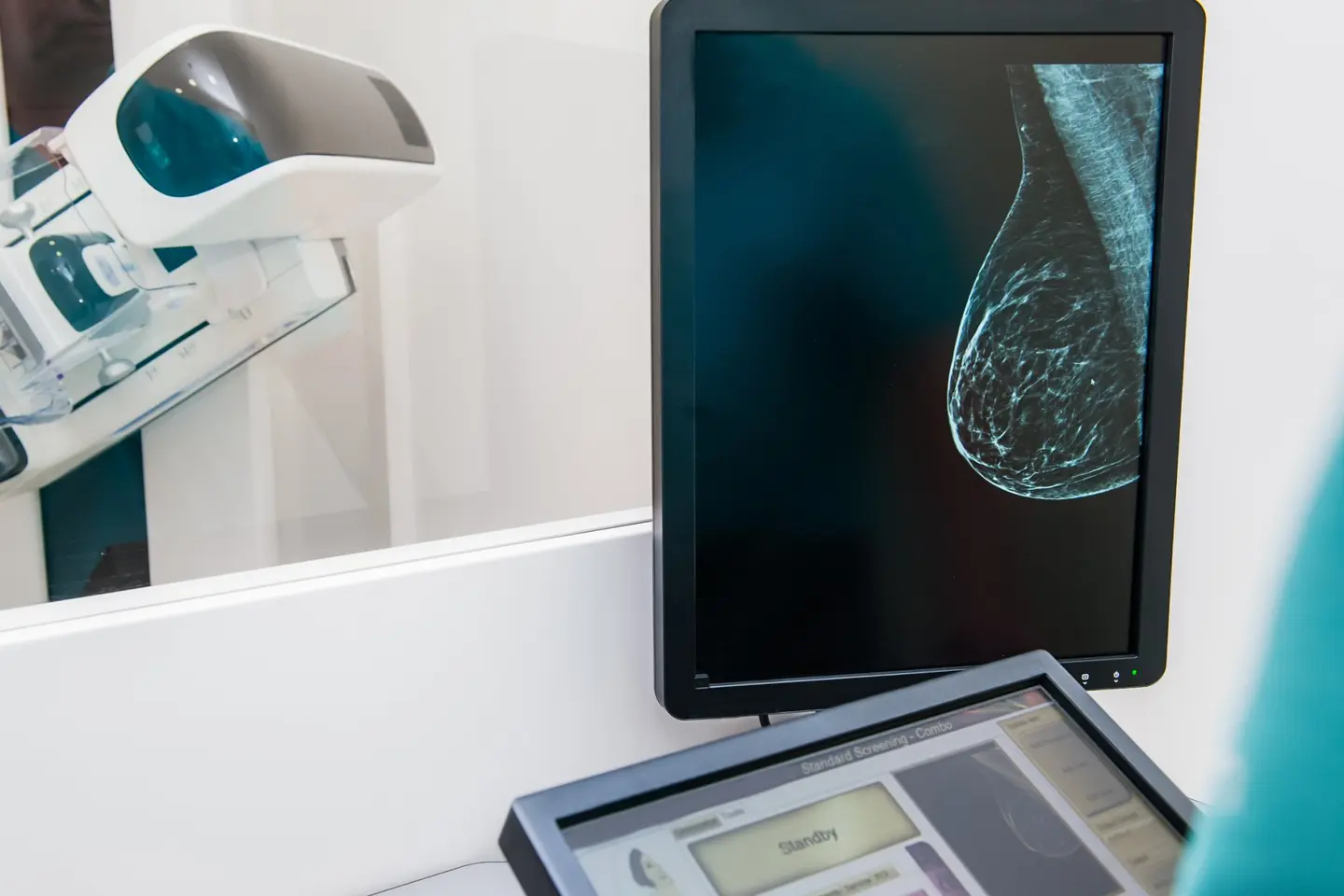
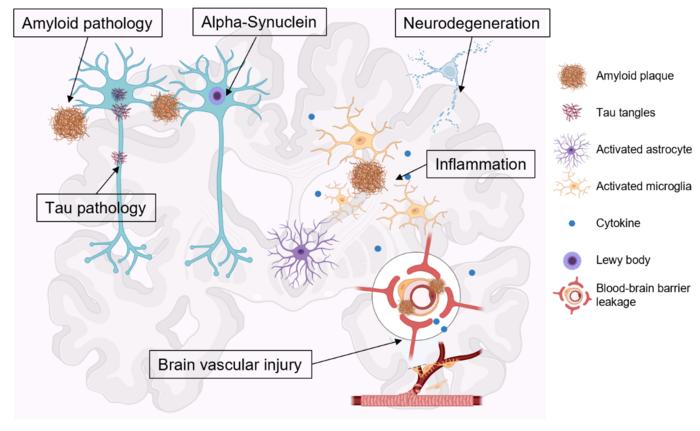
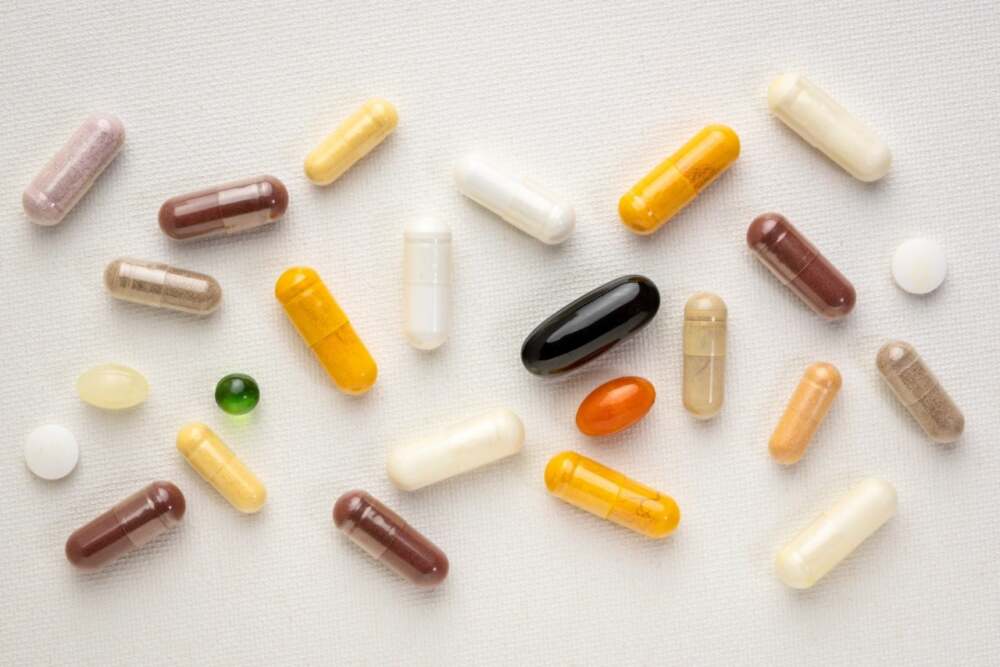
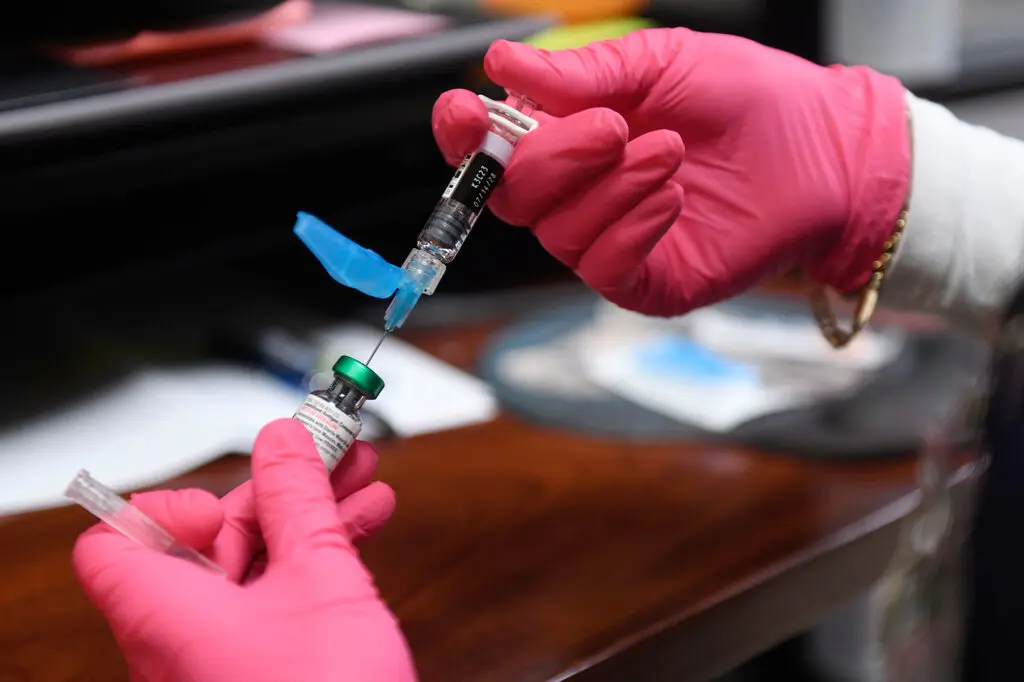


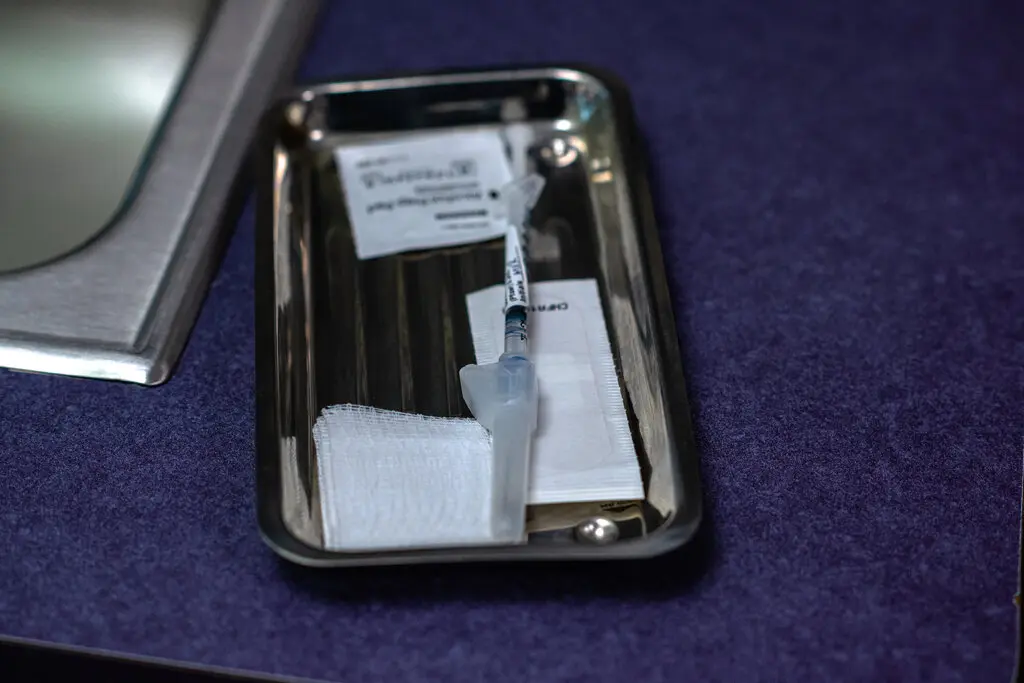
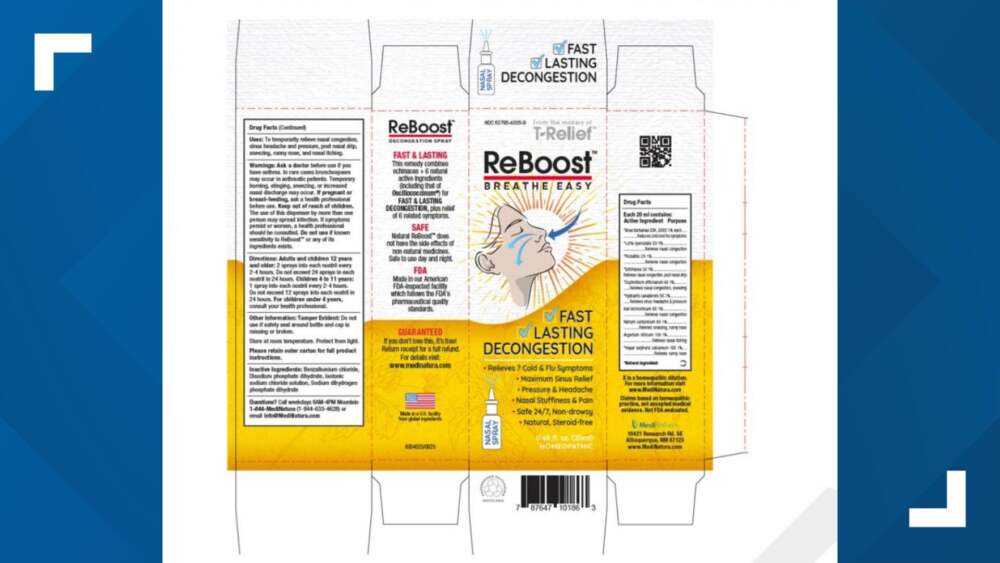




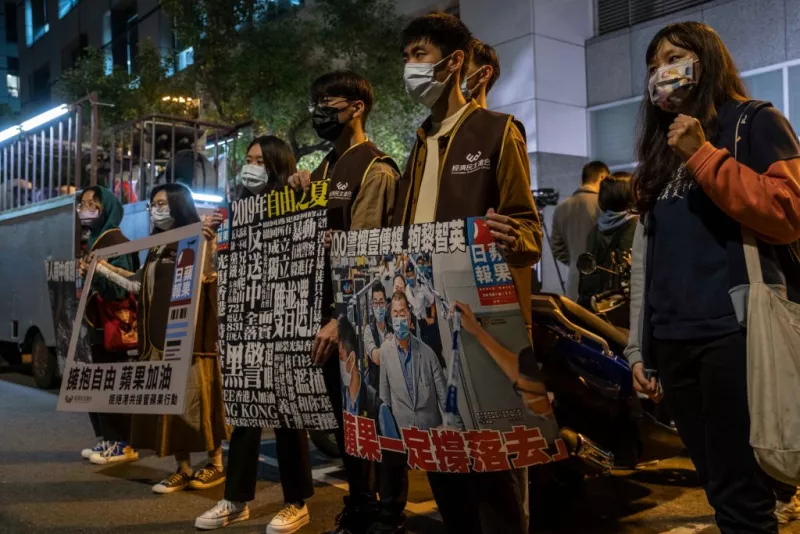
Leave a Reply